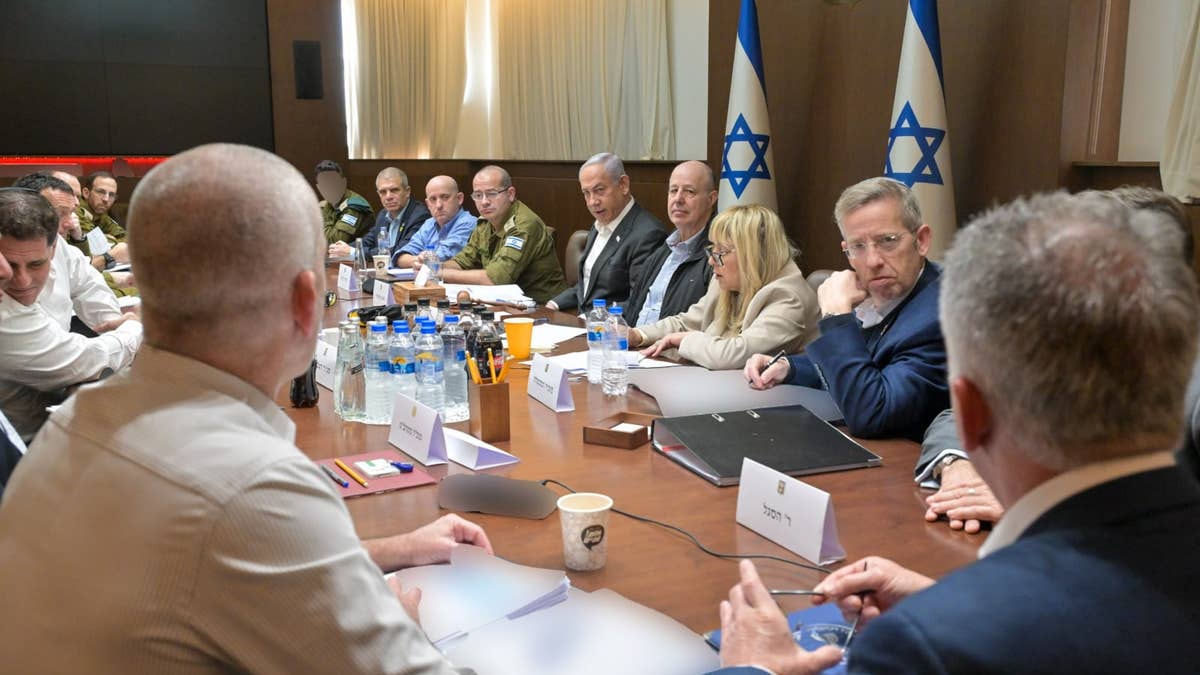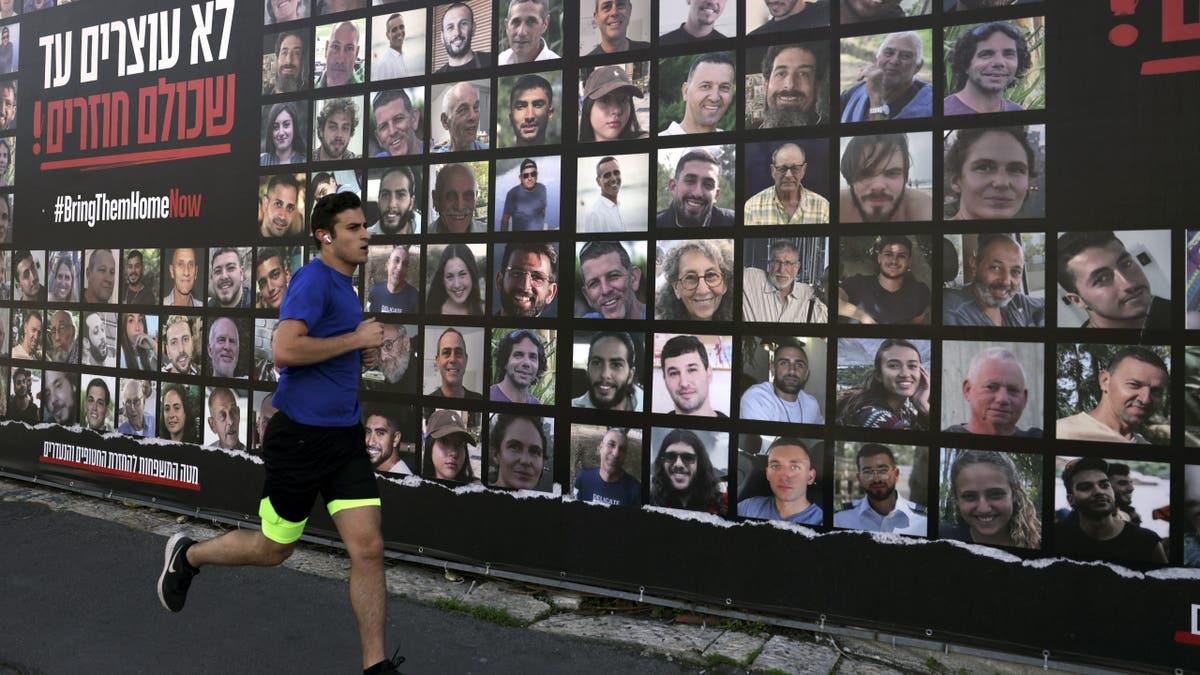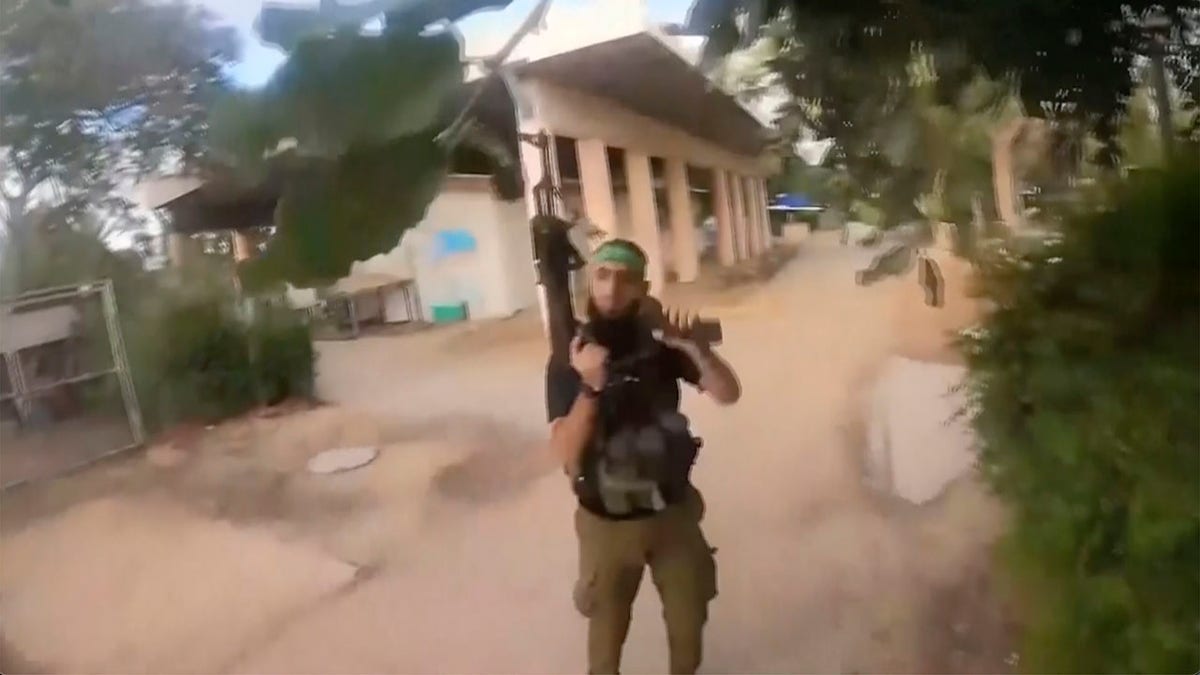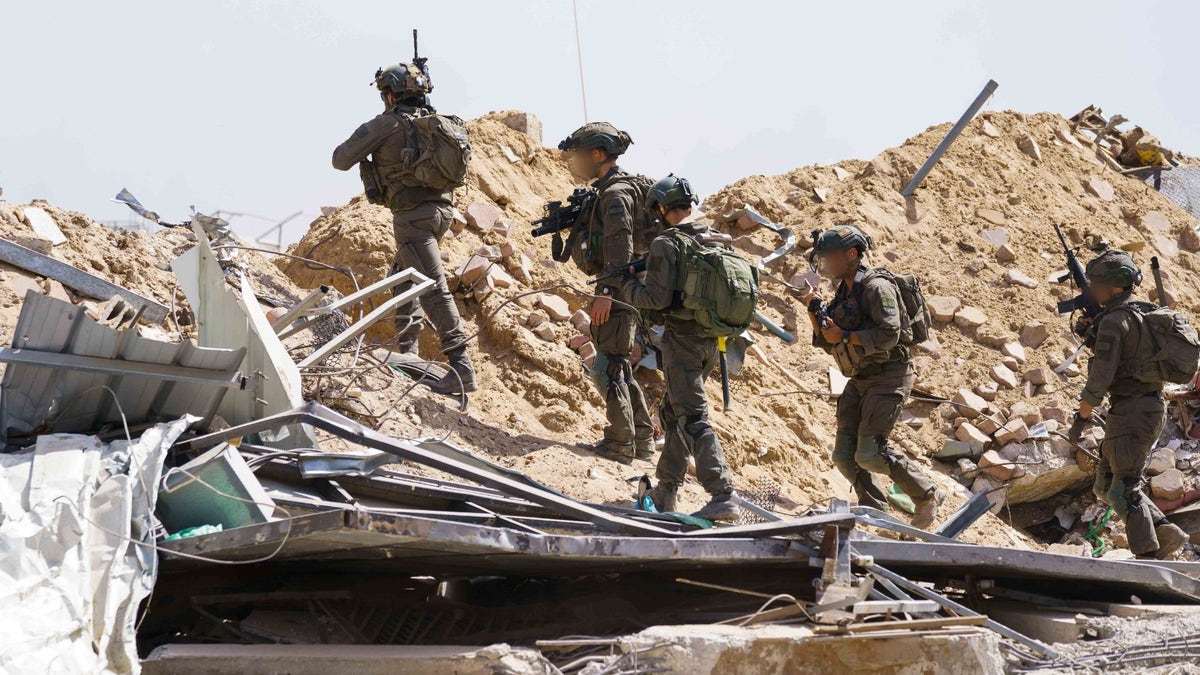A landmark cease-fire and hostage release accord between Israel and Hamas signifies a pivotal moment in the conflict initiated by the October 7, 2023, terrorist attack. Endorsed by the Israeli security cabinet, the agreement, brokered by the U.S., Qatar, and Egypt, is set to commence on Sunday with the initial release of three hostages.
Prime Minister Netanyahu acknowledged the contributions of both President Biden and President-elect Trump to the negotiation process, commending Biden's dedication and echoing Trump's stance against Gaza becoming a terrorist sanctuary. Trump, in a recent podcast appearance, asserted his influence expedited the agreement.
The first phase involves the release of 33 hostages by Hamas, prioritizing women, children, the elderly, and those requiring urgent medical care. This group includes 24-year-old Rumi Gonen, abducted from the Nova music festival, and Shiri Bibas with her two young sons. Families have been informed of the initial releases, with subsequent phases to be announced 24 hours in advance.

Netanyahu and his cabinet discussing the hostage exchange agreement. (Courtesy GPO)
Of the three Americans believed to be alive in Gaza, Keith Siegel and Sagui Dekel-Chen (whose wife gave birth during his captivity) are part of the first phase. Israeli-American soldier Edan Alexander is not included, a point Richard Goldberg, senior advisor at FDD, previously highlighted as a potential strategic misstep.
In exchange, Israel will release numerous Palestinian security prisoners, including minors, women, and those with health concerns. Individuals like Nawal Abd Fattah, convicted of attempted stabbing, and Ibrahim Zmar, involved in a 2023 Jerusalem shooting, are among those to be released. Those convicted of orchestrating major terrorist attacks are excluded.

A billboard in Jerusalem displays images of Israeli hostages. (Hazem Bader/AFP via Getty Images)
Released prisoners cannot be re-arrested for the same offenses and are not obligated to sign declarations. The agreement dictates a ratio for prisoner exchange: each woman or child hostage equates to 30 Palestinian prisoners, while soldiers equate to 30 life-sentenced prisoners and 20 serving lengthy terms.
The agreement also addresses humanitarian aid, permitting 600 supply trucks into Gaza daily. Displaced Gazans can return to northern areas after 22 days, with vehicle inspections overseen by Qatar and Egypt. The Israeli military will scale back its presence in certain areas while maintaining control of strategic routes.
The phased release schedule continues over several weeks, culminating in the release of long-held captives like Avera Mengistu and Hisham al-Sayed. Negotiations for the second phase, concerning young men, soldiers, and the return of bodies, will begin on the 16th day of the first stage.

Bodycam footage of a Hamas terrorist during the October 7 attack. (Israel Defense Forces via AP)
President Biden confirmed that the second phase will involve the exchange of remaining hostages and the withdrawal of Israeli forces from Gaza, solidifying the cease-fire. A third phase will address the return of remains and Gaza's reconstruction.
Netanyahu stressed that if the second phase falters, Israel is prepared to resume military action. He also indicated that President-elect Trump has committed to reinstating access to previously frozen weaponry, strengthening Israel's position in future negotiations.

IDF forces operating in Rafah. (IDF Spokesman's Office)
For families like the Neutrals, whose son Omer was killed by Hamas, the agreement is bittersweet. While celebrating the potential return of other hostages, they grieve their own loss and hope for the return of their son's remains. They expressed confidence in the incoming Trump administration's ability to ensure the agreement's successful implementation.
Comments(0)
Top Comments